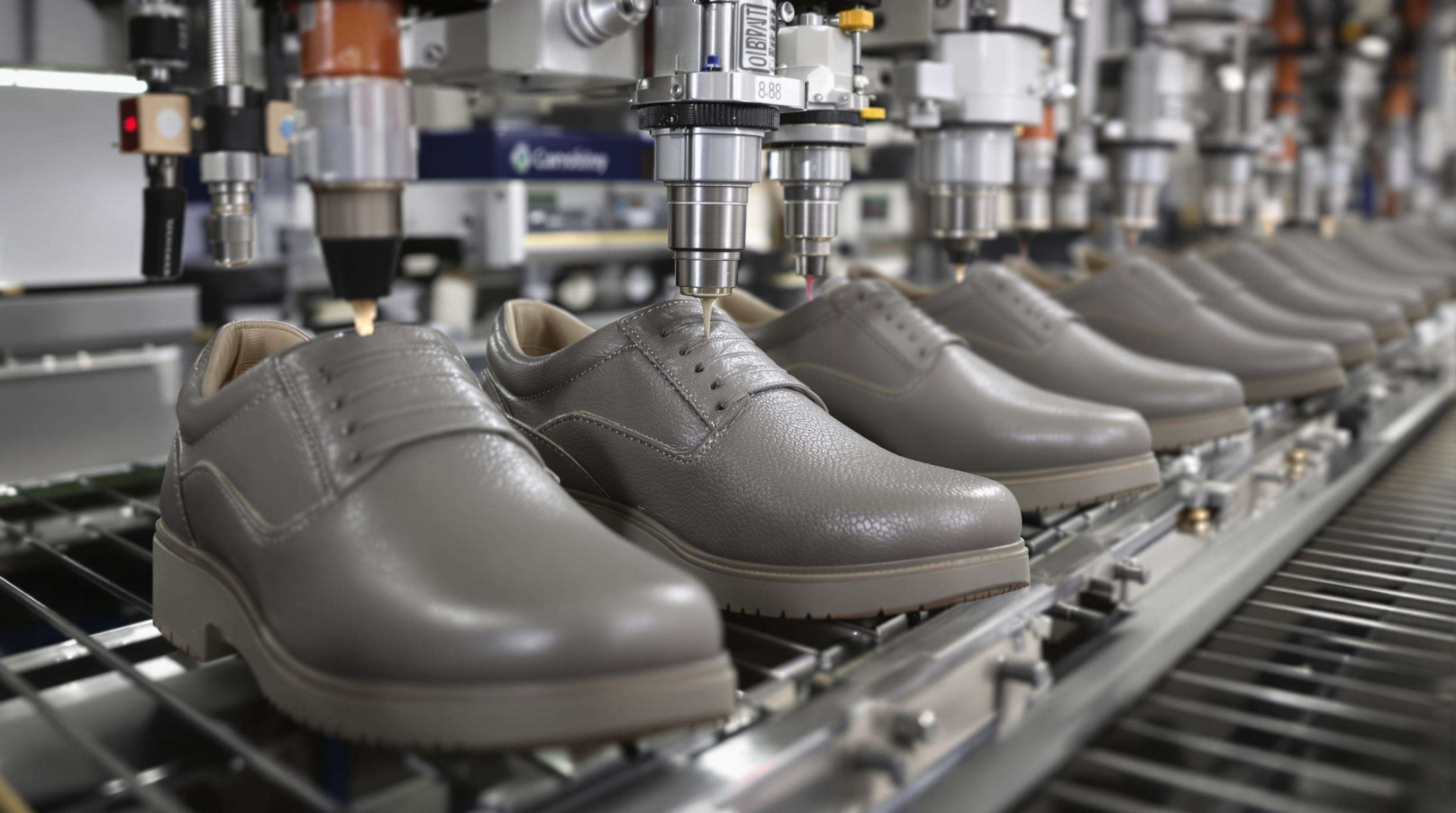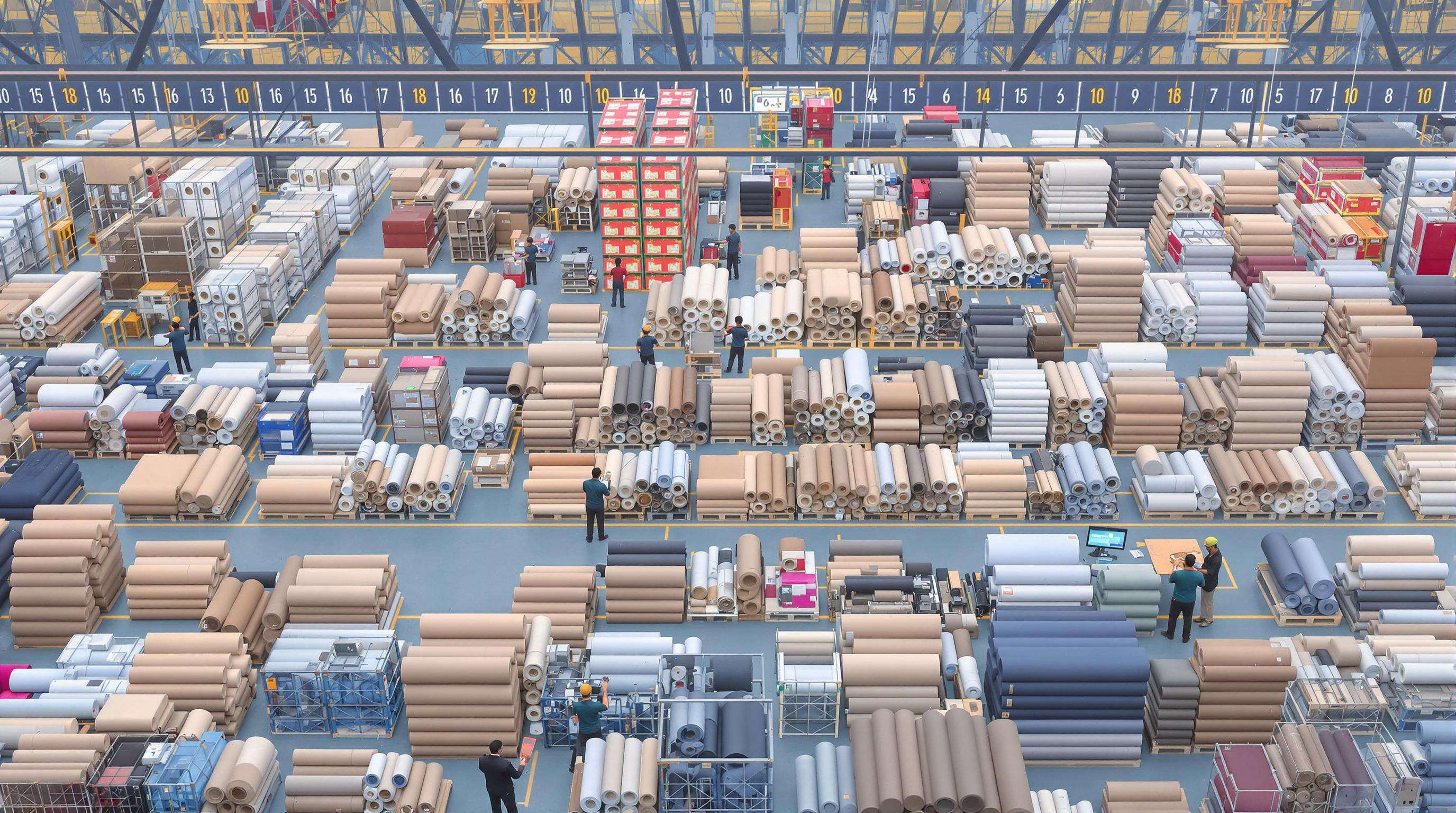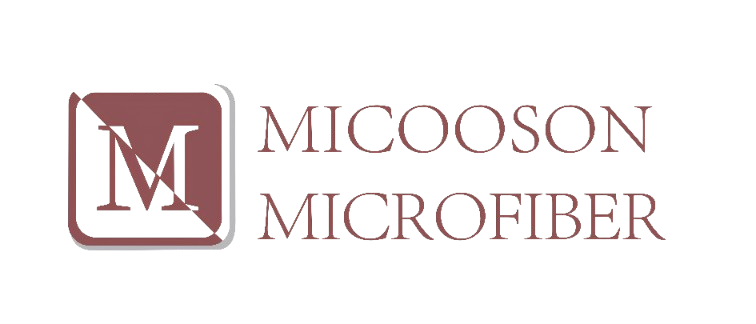Color-Matched Synthetic Leather Swatches for Global Footwear MOQs
The Evolution and Advantages of Synthetic Leather in Footwear

Synthetic leather manufacturing for footwear: Evolution and demand drivers
When the footwear business started moving away from real leather, it was mostly about saving money on materials. But over time, synthetic leather became something much more than just a cheaper option. Today's versions look almost identical to the real thing, hitting around 94% similarity visually according to FMI data from 2024. What's really impressive though is how consistent they stay throughout manufacturing runs. The market for these alternatives exploded too, growing nearly 28% from 2019 to 2023 as reported by PR Newswire back in 2019. Fast fashion trends definitely played a role here, especially among consumers in places like North America and Europe who increasingly want vegan options. Manufacturers have responded with some smart developments too. They're now using bio-based polyurethane coatings which are better for the environment, plus there are these closed-loop dyeing processes that cut down water usage by about half when compared to old school tanning methods.
Advantages of PVC and PU-coated fabrics for footwear uppers and linings
Most athletic shoes today use PU coated synthetic leather because it makes up around two thirds of all applications in this market. The reason? It breathes well and retains its shape even after tens of thousands of steps according to industry tests. For waterproof needs like rain boots or work gear, PVC versions still hold their own advantage. They resist water about four times better than regular leather while costing roughly thirty percent less. What's interesting is how manufacturers can adjust thickness between these materials depending on what they need. Lightweight linings might be just 0.6mm thick whereas structural parts require something closer to 1.2mm. This flexibility lets designers tweak things quickly as production moves along.
Sustainability and performance: Meeting global footwear standards with synthetic leather
Independent certification bodies are starting to back up claims about how much better synthetic leather has become for the environment. Looking at the numbers, carbon emissions have fallen quite dramatically over recent years. We're talking about an average of just 2.1 kilograms of CO2 per square meter in 2023, which represents around 40 percent less than what was recorded back in 2018 according to Future Market Insights data from last year. Manufacturers have also developed new coatings that stand up well to wear and tear, meeting those important ISO 17704 requirements for high quality shoes without compromising on safety standards set out by REACH regulations regarding chemicals used in production. What makes all this progress really exciting though is what it means for sustainability efforts. About seven out of ten pieces of discarded synthetic leather material coming out of European shoe manufacturing plants aren't ending up in landfills anymore. Instead they get turned into packaging supplies or even incorporated directly into fresh fabric layers for new products.
Precision Color-Matching as a B2B Competitive Advantage
Custom color-matching and embossing services: Aligning brand vision with production reality
Designers working on shoes today have to figure out how to turn those fashion season colors into actual materials that will sell well in stores. The process starts with matching custom colors based on Pantone codes provided by brands, which gets translated into formulas for synthetic leathers. At the same time, they create textures that mimic real animal skins like cowhide or snake skin patterns through embossing techniques. When companies integrate these processes digitally, they actually cut down on sample testing cycles by about half. Many manufacturers now work hand in hand with brands throughout development, checking colors against standards with special measuring tools so what comes out of the lab looks exactly like what gets produced on the factory floor. A recent research paper looking at textiles that need precise coloring showed something pretty clear already known in practice: when designers use properly calibrated digital systems from start to finish, they avoid expensive changes after production has begun.
Precision pigment formulation and batch consistency in large-scale synthetic leather orders
Large scale pigment mixing operations depend heavily on automated dispensing systems that can measure ingredients with accuracy around plus or minus half a percent. These machines work alongside computers that track viscosity changes in real time. The result? Much less chance of colors shifting as fabric moves through long production lines sometimes stretching beyond ten thousand meters in length. Major brands keep their color standards consistent worldwide thanks to production batches marked with spectrophotometers during manufacturing. When manufacturers stabilize their binding materials properly, they typically see about 98% color match between different production runs. This level of consistency helps avoid those frustrating situations where fabrics look completely different under various lights or when compared side by side, which has been a common source of customer complaints and return requests.
Case Study: Reducing rework rates by 40% through digital color calibration
One European athletic wear company was losing around 740 thousand dollars every year because their synthetic leather panels just wouldn't match up (according to the Footwear Sustainability Index from 2023). They fixed this problem when they started using this new cloud based system that connects design teams with tanneries across Europe. The big change came from getting real time color data while they were doing the dip dye process, which cut down waste materials by about forty percent. Getting products made took half the time it used to since they didn't need so many physical samples anymore. This saved money that could then be invested into developing those eco friendly materials everyone's talking about these days.
Trend: AI-powered color forecasting for seasonal footwear collections
These days, machine learning can spot upcoming color trends anywhere from twelve to eighteen months before they actually hit the fashion world. Fashion companies throw all sorts of data at these smart systems including photos from runways and what people are saying online about colors. The algorithms then pick out new color combinations such as desert rose tones or volcanic ash shades long before consumers start craving them. Getting hold of pigments early on and getting production tools ready cuts down research time by around thirty percent according to industry insiders. This means fewer clothes end up sitting unused in warehouses while brands still manage to charge extra for items that match current trends.
Embossing and Surface Innovation for Brand Identity
Advanced Embossing Techniques for Unique Synthetic Leather Textures
Today's embossing techniques rely on laser technology, specialized cylinders with multiple depths, and custom made rolls to produce unique three dimensional textures that simply can't be matched by genuine leather. These include everything from intricate geometric patterns to flowing organic shapes and even brand specific designs. The level of detail is pretty amazing too, with manufacturers hitting around 0.2mm depth accuracy which allows them to create those tiny surface features that improve traction on sports shoes or replicate expensive exotic leathers for high end fashion items. Most importantly, controlled heating during the process keeps these textures intact even after thousands upon thousands of bends and stretches, something absolutely essential when making shoes meant to last. And while real animal skins will always have their own character variations, synthetic materials offer consistent quality throughout an entire batch of products, no surprises there.
Matching Natural Grain Patterns with Synthetic Consistency
The digital scanning of leather grains actually manages to capture those tiny pores and surface flaws that make real leather unique, then turns these details into embossing patterns that look almost identical at around 96.5% match rate. And this solves a big problem for manufacturers. When working with natural leather, all those variations between hides lead to about 23% waste during shoe making according to some recent research published last year. That's why so many companies are turning to synthetics instead. These materials stay consistent across entire production runs, which matters a lot when brands need to manufacture hundreds of thousands of pairs each year. Nowadays, suppliers stock massive collections of different grain patterns that mimic everything from cowhide to exotic skins like goat and ostrich leather. Plus, these synthetic options can be made completely waterproof something regular leather just cant achieve no matter how much it's treated.
Aesthetic Authenticity vs. Material Transparency: Navigating Consumer Expectations
According to a recent survey from 2024, around two thirds of people buying shoes still love how real leather looks, but over half want to know when something is actually made from synthetics. Smart companies are finding ways around this problem by combining super realistic textures with honest info about their green credentials. Take those labels we see now like "UltraReal Synthetic Leather with 40% recycled stuff inside" - they work pretty well for folks who care about ethics while still wanting something that feels fancy. Some manufacturers even apply special nano coatings that make fake leather feel almost exactly like the real thing when touched, reacting to warm hands just like animal skin would. This means customers get all the looks they want without any guilt factor attached.
Scaling B2B Supply: MOQ Strategies for Global Footwear Brands

B2B Supply Models in Footwear: Balancing Volume, Flexibility, and Reliability
Footwear brands must balance large-scale production with agility in design iteration. Leading synthetic leather suppliers now use hybrid models that combine bulk pricing with modular production systems. This approach reduces material waste by 18% compared to traditional batch workflows (Textile Sustainability Report 2023) while maintaining 99% on-time delivery for orders above 50,000 meters.
Tiered MOQs: Supporting Emerging Designers and Mass-Market Leaders
The flexibility in MOQ or Minimum Order Quantity setups means new designers can actually get their hands on quality synthetic leather even if they only need around 500 meters for starters. Meanwhile, bigger clients who order thousands of meters get better prices when they hit those 10,000 meter marks. Take this one supplier based in Europe for example their tiered pricing system has brought on board well over 120 new brand names since last year. What this really shows is how important it is to have different entry levels for businesses at various stages. When companies aren't forced into huge minimums right away, relationships tend to develop naturally over time instead of feeling rushed or forced.
Strategy: Dynamic Production Scheduling to Reduce Lead Times by 30%
Real-time inventory tracking enables suppliers to consolidate small orders into shared production runs. An AI-driven scheduling system recently reduced average lead times from 12 to 8.4 weeks across 23 footwear factories, cutting expedited shipping costs by $7.40 per unit.
Data Point: 68% of Premium Footwear Brands Now Require Sub-500m Custom Runs
According to the 2024 Footwear Materials Survey, 42% of premium brands use semi-custom synthetic leather options, and 26% adopt fully bespoke formulations— a 14% year-over-year increase driven by micro-season collections.
Resolving the Paradox: High Customization Demand vs. Cost-Efficient Scaling
Digital twin technology allows brands to simulate over 200 color and texture variations virtually before physical sampling, reducing development costs by 37% (Material Innovation Institute 2023). This hybrid model supports limited-edition runs as small as 300 pairs while preserving the cost advantages of large-scale production.
FAQ
What is synthetic leather?
Synthetic leather is a man-made material designed to mimic the appearance and texture of real leather while being cost-effective and environmentally friendly.
How does synthetic leather contribute to sustainability?
Synthetic leather production is more eco-friendly, reducing carbon emissions and material waste, and many manufacturing processes now recycle discarded materials.
Why is synthetic leather preferred in athletic shoes?
PU-coated synthetic leather is preferred due to its breathability, shape retention, and cost-effectiveness while providing durability for athletic footwear.
Can synthetic leather match the look of real leather?
Yes, advancements in embossing and pigment formulation allow synthetic leather to mimic real leather textures with over 94% similarity.
What are closed-loop dyeing processes?
Closed-loop dyeing processes in synthetic leather manufacturing drastically reduce water usage compared to traditional methods, enhancing sustainability.

 EN
EN







